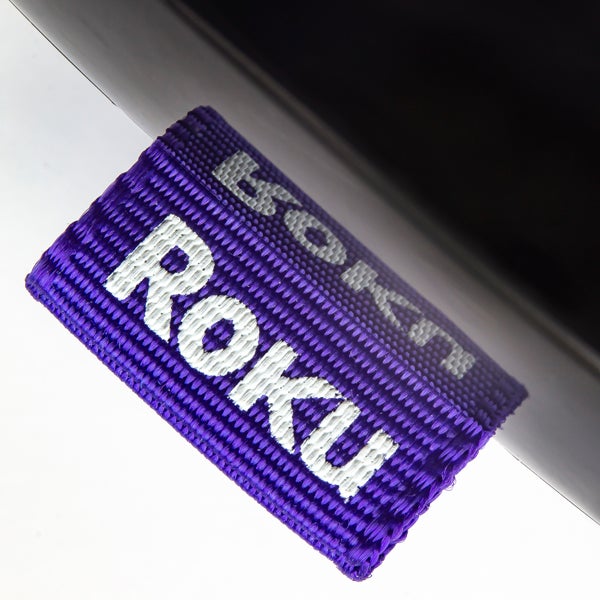Considering Roku decided to start manufacturing smart TVs in the middle of a looming recession, its Q4 results probably could have been worse.
Roku’s net revenue was up 13% from last quarter to $867 million. But its growth rate is flat year over year, said CEO Anthony Wood during Roku’s earnings call on Wednesday.
“The macroenvironment continues to pressure the ad market,” Wood said.
Even though Roku ended 2022 with 10 million net new active accounts, its growth rate from ads and content distribution – its “platform” business – was actually lower than prior years (5% YOY growth compared with 49% in Q4 of 2021). And quarterly revenue from device sales – the artist formerly known as the “players” business that includes devices like Roku sticks – dropped 18% YOY.
The steep drop in hardware profitability could be due in part to the company’s sudden investment in TV manufacturing, which the company announced in early January.
Still, the foray into TV hardware is “additive” to Roku’s software business in the long term because it allows for more innovation around driving the targeting and engagement that advertisers are looking for from streaming, said Mustafa Ozgen, the new president of Roku’s device business, who also spoke on Wednesday’s earnings call.
New wares
When it comes to outcomes, higher engagement starts with better use of first-party data.
Once Roku releases its own smart TVs in the spring, it’ll have complete access to the data generated from those TVs. This data set will include viewership information in the form of automatic content recognition (ACR) in addition to purchase data from transactions that occur through the Roku OS, both of which can be used by marketers to serve more targeted ads for better results, Wood said.
Roku also gets the last word on what’s packaged within the TV box itself, including personalized ad placements and content recommendation tiles on the operating system’s home screen.
Roku expects declines in advertising and media spend to continue industrywide due to economic strain. But the distribution giant also expects margins for its device business to improve this year, as the supply chain and company operating expenses normalize, said CFO Steve Louden.
Are you buying this?
Until recession fears abate, Roku is staying focused on scale.
The company plans to up the ante on media partnerships, including with other DSPs, so it can sell more media to marketers trying to transact programmatically, said Charlie Collier, Roku’s new media president, though he didn’t mention specifics.
Roku also plans to expand its partnerships with retail media network partners, which already include Walmart Connect and Kroger. Collier pointed to Roku’s recent partnership announcement with DoorDash as a step in this direction since Roku sees shopping data as an asset for targeting and engagement.
Restaurant merchants on the DoorDash delivery service, for example, will be able to overlay click-to-order ads for food products within Roku content titles. Viewers can then order directly to their homes using their remote controls, which also means better closed-loop measurement and attribution for advertisers.
Paired with its own TVs, Roku’s content and ad targeting chops will help the streaming company continue growing in a challenging economy, Louden said.
And, well, investors seem to buy it. Roku’s shares jumped over 10% during after-hours trading on Wednesday.















